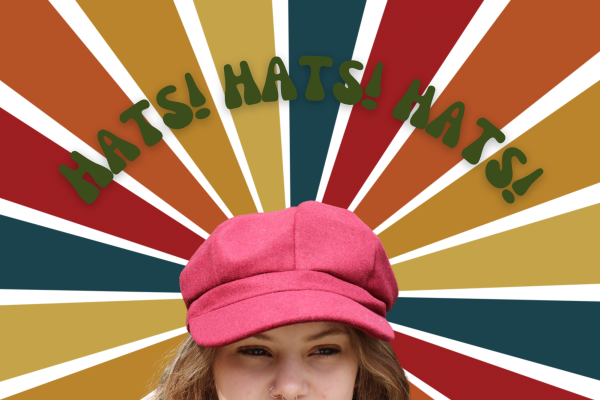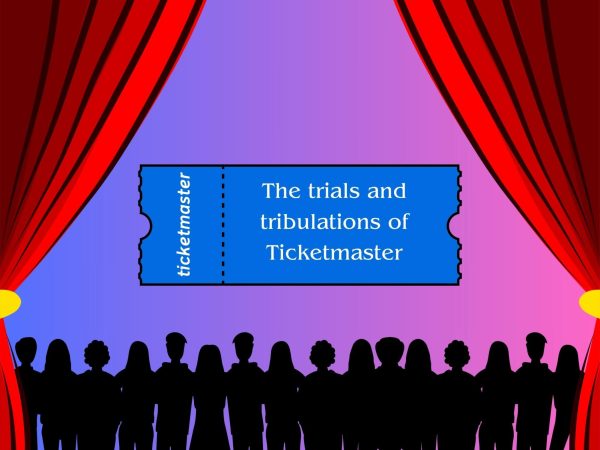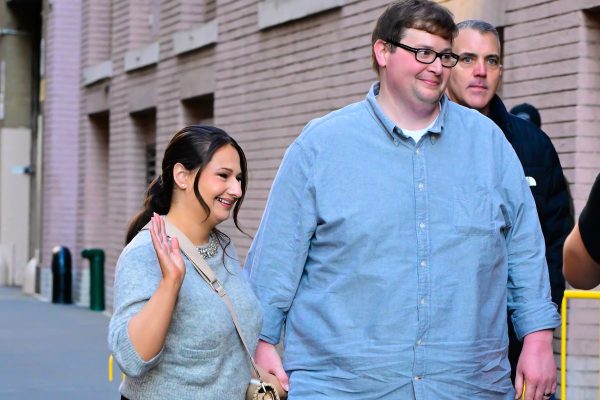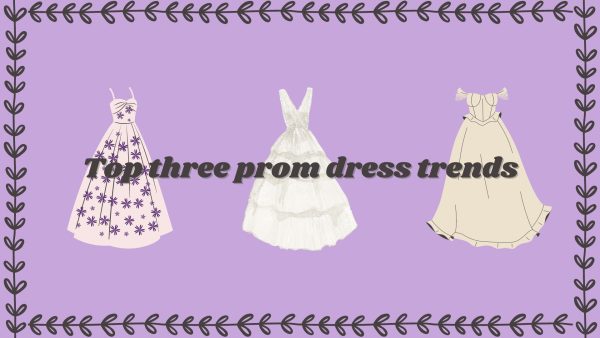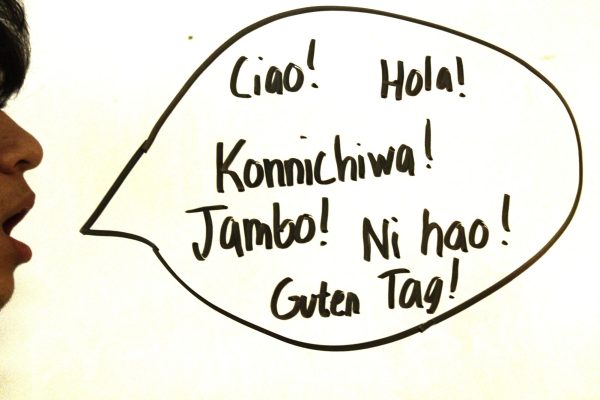The art of mathematics
March 8, 2017
Mathematics, to most students, seems uninteresting and boring. Students state that math makes no sense, or the concepts introduced in several of the math classes around NC start to become progressively difficult. Though to some it may seem that way, math also makes way for several career opportunities in the world, and, in the words of astrophysicist Neil DeGrasse Tyson, “it is the language of the universe.”
The problem with education in math goes back a long ways. The school system chooses to force uninterpretable formulas and irrelevant problems onto students, instead of giving them the natural space to figure it out for themselves using the creative processes most students excel at. Few kids ever realize the beauty of making their own formulas and the satisfaction of completing a problem on their own due to the monotony of how schools teach concepts.
Elementary schoolers do not need to memorize multiplication tables, or complete timed division tests to make them feel obligated to try and learn every combination of numbers with a symbol in between them. By instead teaching them the mathematical processes that actual mathematicians use to understand the nature of numbers and integers, the students will not need instruction on how to multiply, add, subtract, or divide.
The famed rigor of higher level maths, such as AP Calculus AB/BC, turns students away from higher education in mathematics. Though rigorous, most students who take the time to familiarize themselves with the concepts come to realize the logical flow of math. Using the different rules and formulas, and for more dedicated students, looking up the mathematicians who came up with the equations, the math problems unfold at your fingertips. The satisfying problem-solving of math can keep students engaged in the content, and also give them a human connection to that formula or problem.
Math itself provides a simple elegance. Mathematicians and scientists alike talk about how math comes together in beautiful equations and elegant frameworks.
Philosopher Bertrand Russell sums this viewpoint up fantastically: “Mathematics, rightly viewed, possesses not only truth, but supreme beauty — a beauty cold and austere, like that of sculpture, without appeal to any part of our weaker nature, without the gorgeous trappings of painting or music, yet sublimely pure, and capable of a stern perfection such as only the greatest art can show. The true spirit of delight, the exaltation, the sense of being more than Man, which is the touchstone of the highest excellence, is to be found in mathematics as surely as poetry.”
The elegance of math compares to the beauty of poetry in several senses, as proofs thought up by mathematicians contain concise and simple logical arguments that show clearly that one concept implies another. The creativity of mathematics also becomes comparable with poetry when looking at several formulas. The most famous example of mathematical elegance comes from Euler’s formula: eiπ + 1 = 0. This may look like a rather typical formula, but the use of elegant variables (e for Euler’s Number, i for the imaginary unit, and π for the ratio of a circle’s diameter to its circumference) in a clear, concise formula creates a simple, smooth, and beautiful spectacle of mathematics. The majority of mathematicians regard Euler’s formula as the most elegant formula ever created.
The practical application of mathematics turns several away from it, as high school students complain about it’s rare use in the real world. Of course, some of the more abstract and advanced fields have little to no use in everyday life, but throughout high school, the classes students take do have some bearing. Algebra, geometry, statistics, and even calculus can appear in everyday life. Most math courses show students basic principles, and help them determine if they want to continue studying the concepts of mathematics. It gives a great baseline for further education, while also teaching concepts applicable to jobs in the working world.
Math does not only provide practical application, though; it gives us a new way of thinking and problem solving. Students can apply ‘algebra’ to daily life by identifying the ‘variables’ in a problem and using trial and error. This goes in line with the scientific method, as the two intertwine.
Mathematics also gives humans, as a species, a way to perceive and understand the world in different means than our senses. The so-called ‘language of the universe’ breaks the bonds of conventional language to open a whole new world in which the universe shows itself through pure mathematics.
All of the modern concepts of space and time derived from math, along with hundreds of abstract fields of study. Through equations and proofs, humanity as a society progressed far more than if never discovered. Factories and cars, every product available on store shelves came from math, no matter how indirect the cause, would not exist.
Mathematics, instead of the ‘necessary evil’ of science, should evolve as the most beloved subject. Through the normalization of students complaining about it, other students follow and expect difficulty where none appears. The mindset from current students regarding math should not exist; students should show up to their math classes happy that they have the opportunity to learn about the most amazing language in the universe.








